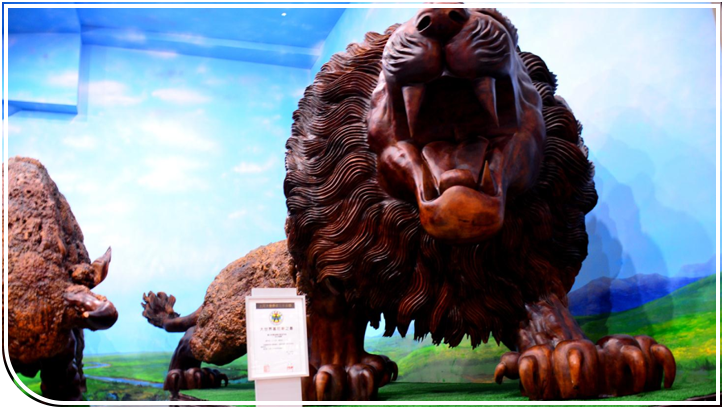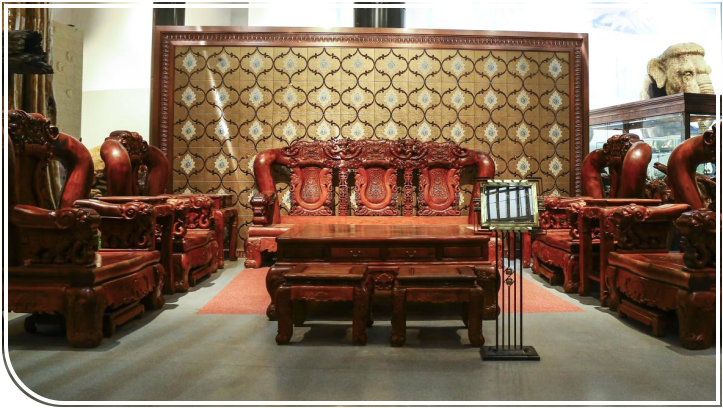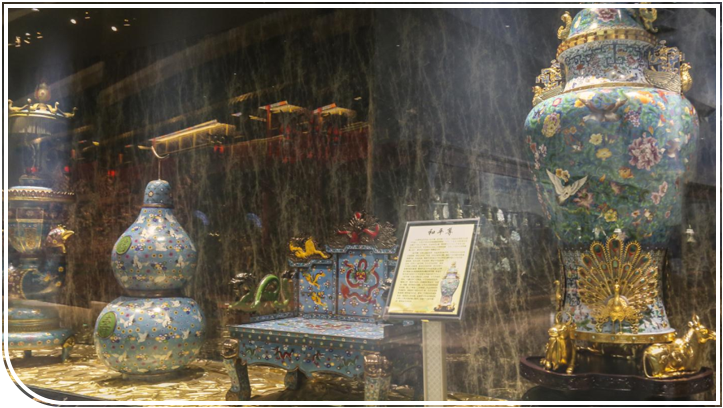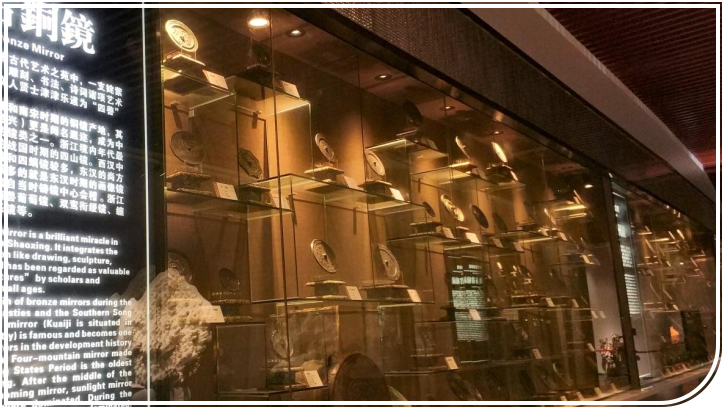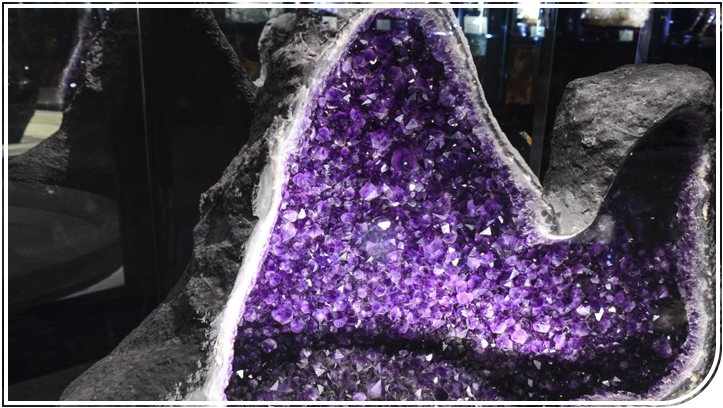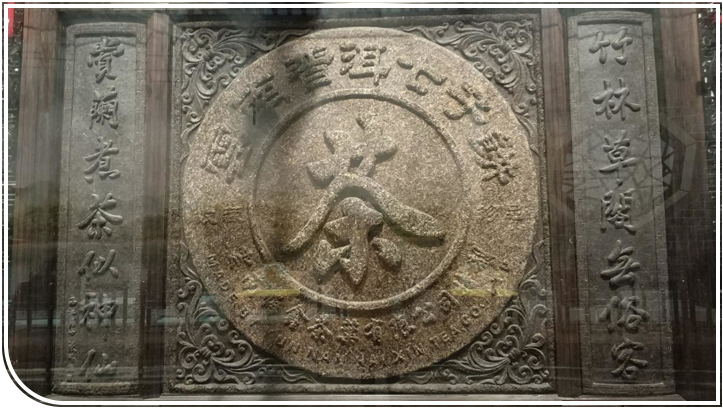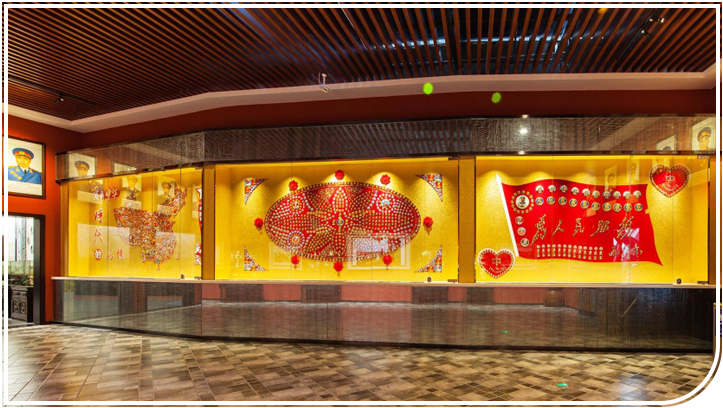Introduction of Treasure Museum
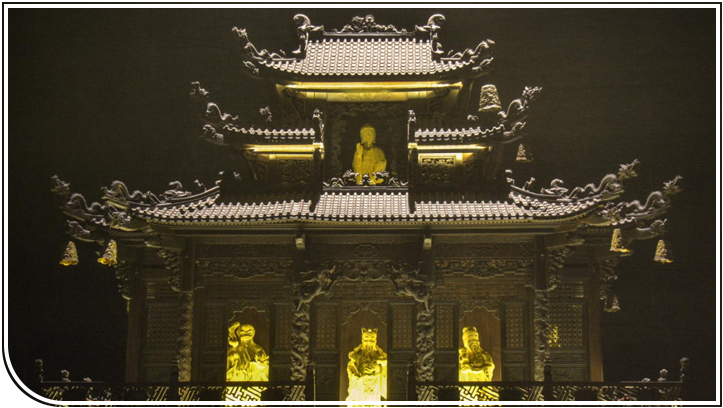
Shrine court also called niches, which was sculptured to reserve this precious carving art for the yongzheng niches begun to crack in the 1950 s. And the related departments was instructed by the nation to sculpture the niches in accordance with the prototype with the help of more than 20 top wood masters all over the country, spending 14 ten thousand cubic meters of dark wood, lasting 4 years to complete the masterpiece. Obviously, It’s a priceless treasure with the cost of more than ten million yuan.



